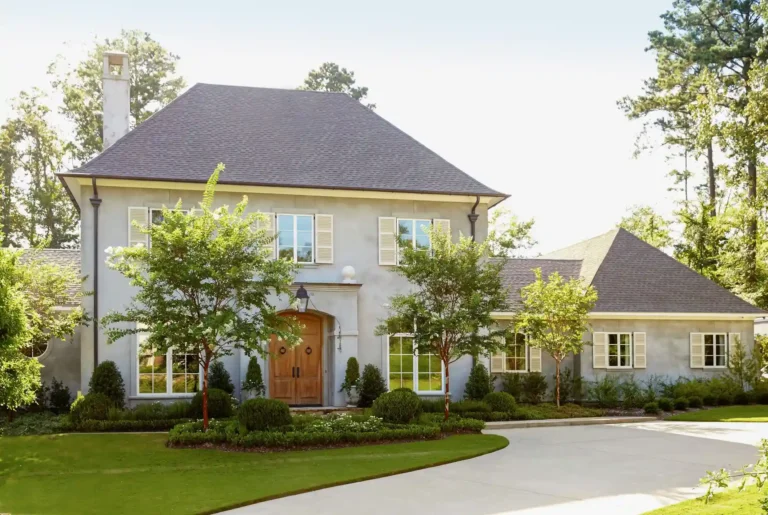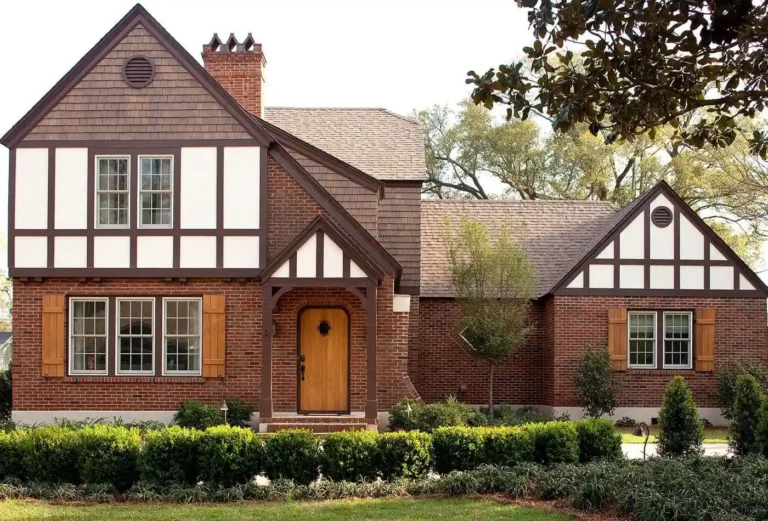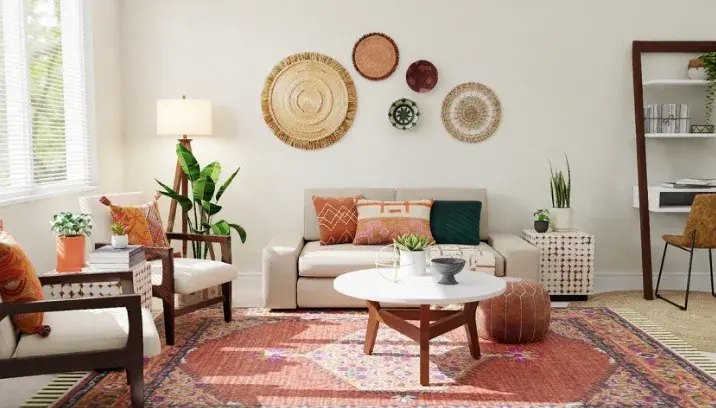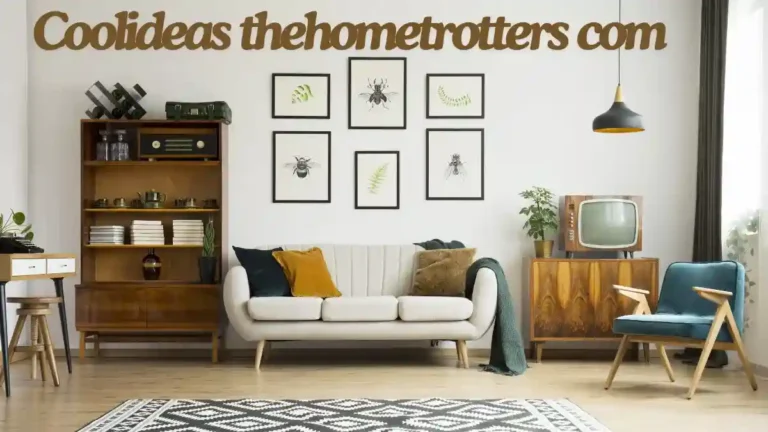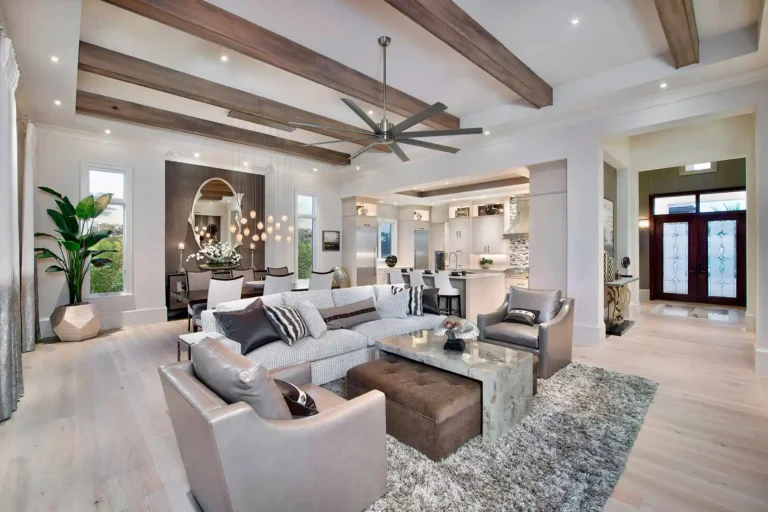Patterns for the Edge of Tables: Elevate Furniture Design
When it comes to furniture design, the details make all the difference. One often overlooked aspect is the edge of tables. Patterns for the edge of tables can transform an ordinary piece into a stunning focal point. In this comprehensive guide, we’ll explore various patterns, techniques, and considerations for creating beautiful table edges.
Why Focus on Table Edge Patterns?
Before diving into specific patterns for the edge of tables, let’s consider why they matter:
- Enhanced aesthetics
- Increased durability
- Personalized design
- Improved functionality
- Added value to furniture
Popular Patterns for the Edge of Tables
1. Classic Bullnose Edge
The bullnose edge is a timeless choice among patterns for the edge of tables. Its rounded profile offers both visual appeal and practical benefits.
Characteristics:
- Smooth, curved edge
- Gradual transition from top to side
- Soft, inviting appearance
Benefits:
- Child-friendly (no sharp corners)
- Easy to clean
- Versatile design that suits many styles
2. Ogee Edge
The ogee edge is an elegant option in the realm of patterns for the edge of tables. It features a distinctive S-shaped curve that adds sophistication to any table.
Key features:
- Double curve profile
- Combines convex and concave shapes
- Creates interesting shadow lines
Best suited for:
- Formal dining tables
- Executive desks
- High-end coffee tables
3. Beveled Edge
For those seeking clean, modern patterns for the edge of tables, the beveled edge is an excellent choice. It offers a sleek, angular look that complements contemporary designs.
Defining traits:
- Angled cut from top surface to side
- Sharp, precise lines
- Minimalist aesthetic
Ideal applications:
- Modern dining tables
- Glass tabletops
- Minimalist furniture designs
4. Waterfall Edge
The waterfall edge is one of the more dramatic patterns for the edge of tables. It creates a continuous flow from the tabletop to the floor, often using a single piece of material.
Distinctive features:
- Seamless transition from top to side
- Often extends to the floor
- Creates a bold, sculptural effect
Popular uses:
- Statement dining tables
- High-end office desks
- Luxury console tables
5. Live Edge
For those who appreciate natural beauty, live edge is one of the most organic patterns for the edge of tables. It preserves the natural contours of the wood, creating a unique piece every time.
Characteristics:
- Irregular, natural edge
- Often includes bark (if desired)
- Highlights wood grain and imperfections
Best for:
- Rustic or nature-inspired interiors
- One-of-a-kind furniture pieces
- Blending indoor and outdoor aesthetics
Materials and Techniques for Table Edge Patterns
The choice of material greatly influences the patterns for the edge of tables. Let’s explore some popular options:
Wood
Wood offers versatility and warmth, making it a favorite for table edge patterns.
Common wood types:
- Oak
- Maple
- Walnut
- Cherry
- Mahogany
Techniques for wood edge patterns:
- Routing
- Carving
- Inlaying
- Burning
Stone
Stone edges provide durability and elegance to tables.
Popular stone options:
- Granite
- Marble
- Quartz
- Slate
Stone edge shaping methods:
- Polishing
- Chiseling
- Sandblasting
- Flaming
Metal
Metal edges offer a modern, industrial look to tables.
Frequently used metals:
- Stainless steel
- Brass
- Copper
- Aluminum
Metal edge techniques:
- Welding
- Bending
- Hammering
- Etching
Glass
Glass edges can create stunning visual effects on tables.
Types of glass edges:
- Polished
- Beveled
- Frosted
- Textured
Glass edge creation methods:
- Grinding
- Polishing
- Acid etching
- Sandblasting
Choosing the Right Pattern for Your Table Edge
Selecting the perfect pattern for the edge of your table involves several considerations:
- Table function: Consider how the table will be used. Dining tables may benefit from rounded edges for comfort, while display tables might showcase more intricate patterns.
- Room style: Ensure the edge pattern complements the overall design aesthetic of the space.
- Material compatibility: Some patterns work better with certain materials. For example, live edges are typically only possible with wood.
- Maintenance: Consider how easy the edge pattern will be to clean and maintain over time.
- Budget: More complex patterns for the edge of tables may increase the cost of production.
- Personal preference: Ultimately, choose a pattern that resonates with your personal style and taste.
DIY Patterns for the Edge of Tables
For the hands-on enthusiasts, creating your own patterns for the edge of tables can be a rewarding project. Here are some DIY-friendly options:
Simple Rounded Edge
- Sand the sharp edge of the table
- Use a router with a round-over bit
- Gradually remove material to create a smooth curve
- Sand and finish as desired
Basic Beveled Edge
- Mark the desired angle on the table edge
- Use a hand plane or power sander to remove material at an angle
- Sand smooth and apply finish
Decorative Carved Edge
- Sketch your design on the table edge
- Use chisels and gouges to carve the pattern
- Sand carefully to preserve details
- Apply a clear finish to protect the carving
Innovative Patterns for the Edge of Tables
As furniture design evolves, so do the patterns for the edge of tables. Here are some cutting-edge ideas:
LED-Integrated Edges
- Embed LED strips along the edge
- Create customizable lighting effects
- Enhance ambiance and functionality
Mixed Material Edges
- Combine wood with metal inlays
- Incorporate stone or resin into wood edges
- Create unique textures and visual interest
3D Printed Edges
- Design complex geometric patterns
- Produce intricate, repeatable designs
- Experiment with new materials and forms
Maintaining Patterns on Table Edges
To ensure your table edge patterns remain beautiful, consider these maintenance tips:
- Regular cleaning: Use appropriate cleaners for the material
- Avoid harsh chemicals: These can damage finishes and materials
- Address damage promptly: Repair chips or scratches to prevent further issues
- Apply protective coatings: Use sealants or waxes as recommended for the material
- Use coasters and placemats: Protect the edge from spills and heat damage
The Impact of Edge Patterns on Table Design
Patterns for the edge of tables play a crucial role in overall furniture design:
- Define style: Edge patterns can reinforce or contrast with a table’s overall style
- Affect perception: Certain edges can make a table appear lighter or more substantial
- Influence comfort: Rounded edges are often more comfortable for everyday use
- Create visual interest: Unique edge patterns can serve as conversation starters
- Enhance value: Well-executed edge patterns can increase a table’s perceived value
Future Trends in Table Edge Patterns
As we look ahead, several trends are emerging in patterns for the edge of tables:
- Sustainability: Increased use of reclaimed materials and eco-friendly finishes
- Technology integration: More tables with built-in charging stations or smart features
- Customization: Growth in made-to-order tables with personalized edge patterns
- Multifunctional designs: Edges that incorporate storage or transform for different uses
- Artistic expression: More collaborations between furniture makers and artists for unique edge designs
Conclusion
Table edge patterns transform furniture from functional items into artistic pieces. With options ranging from classic to tech-integrated designs, choosing the right pattern enhances both aesthetics and functionality. Whether you’re a professional or a DIY enthusiast, understanding these patterns helps you create or select designs that blend beauty with practicality. As trends evolve, expect even more innovative and artistic approaches to table edge design.


